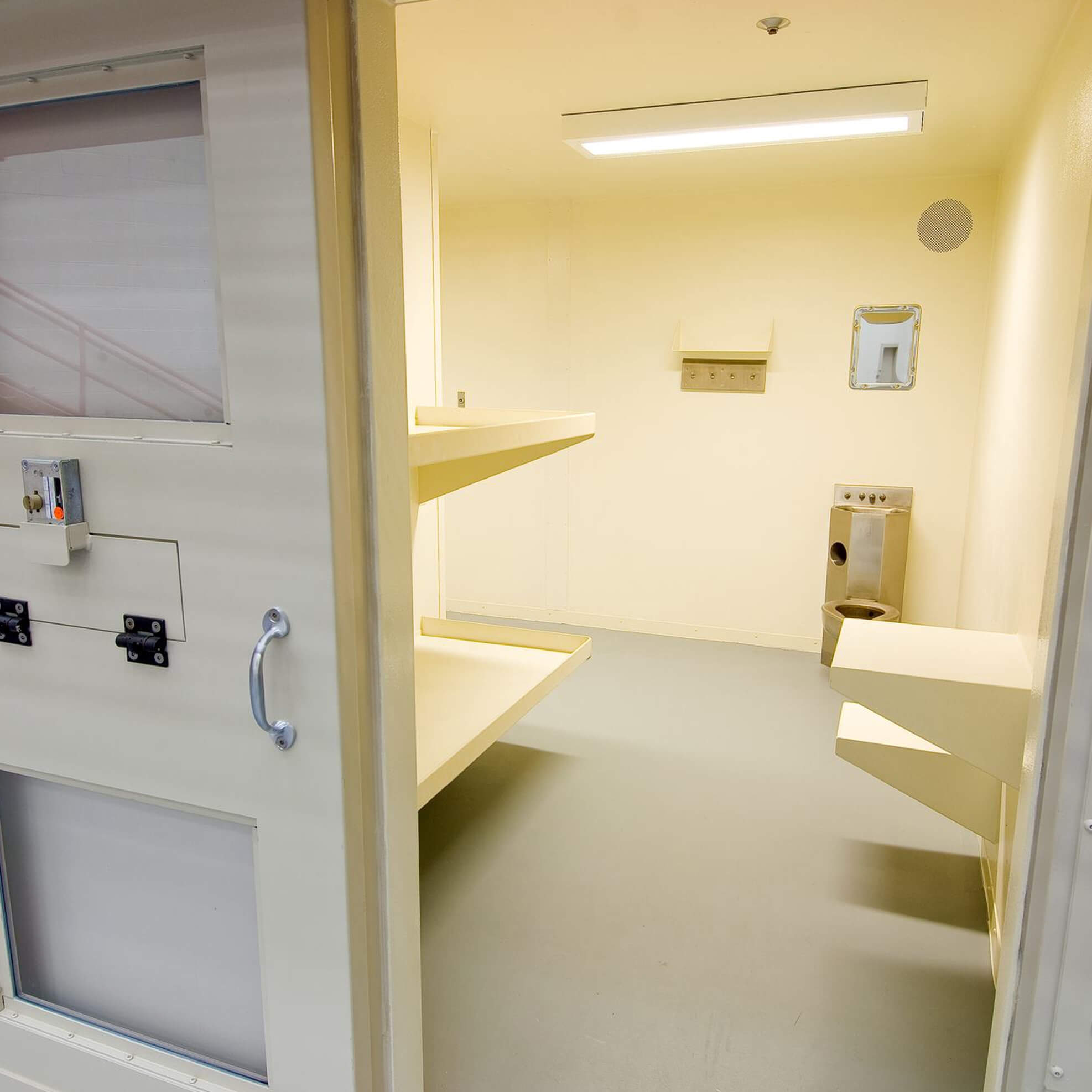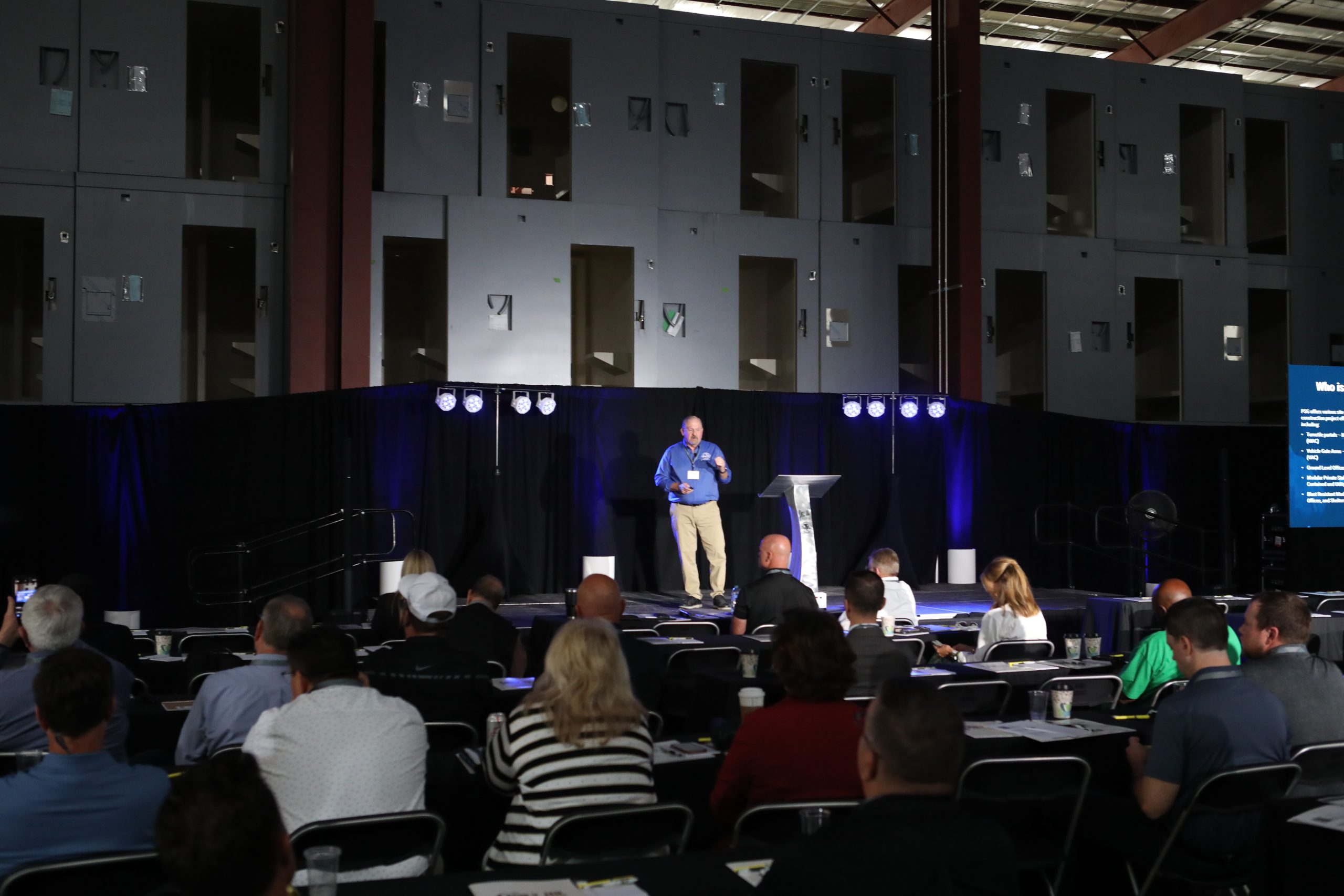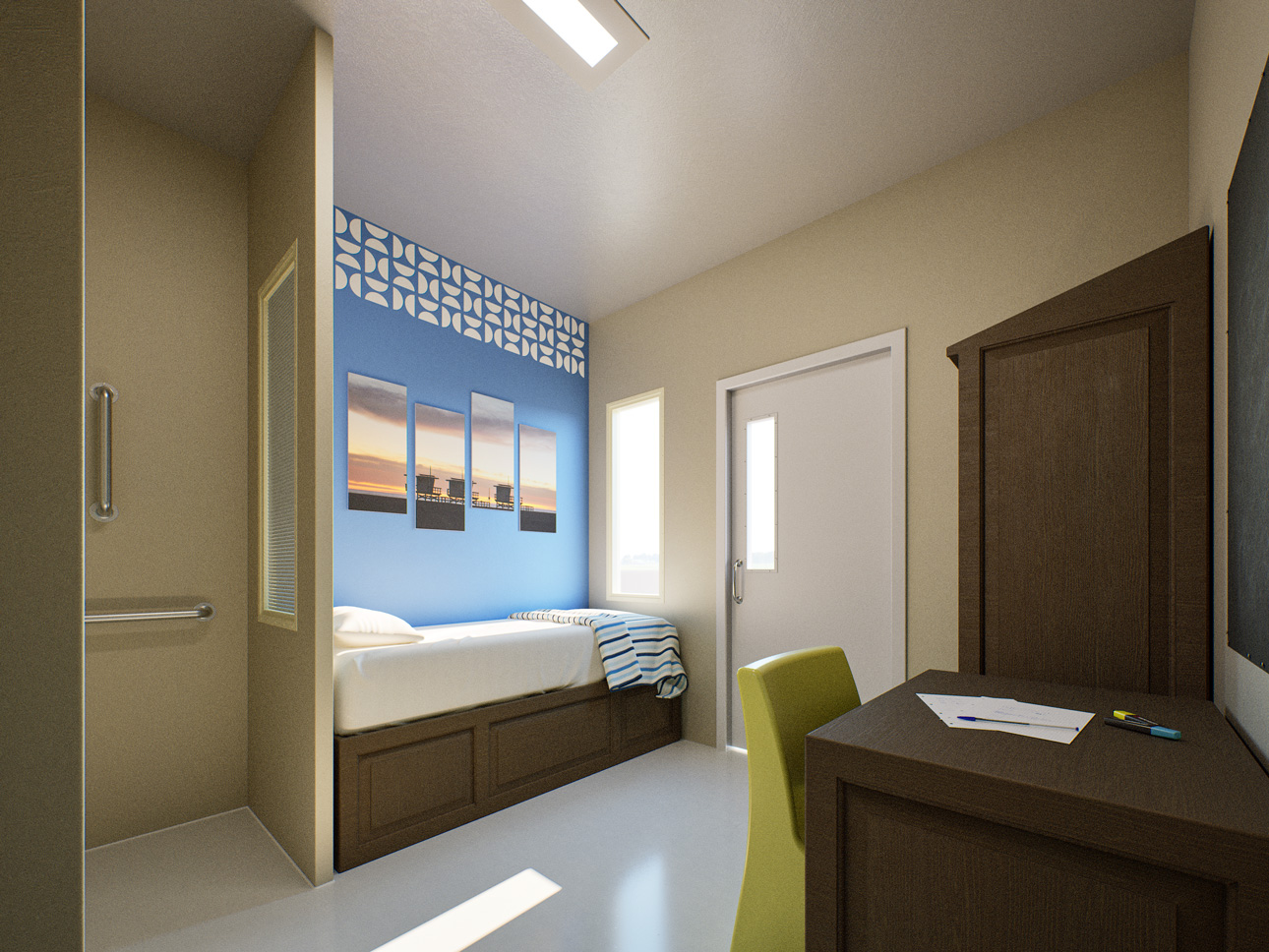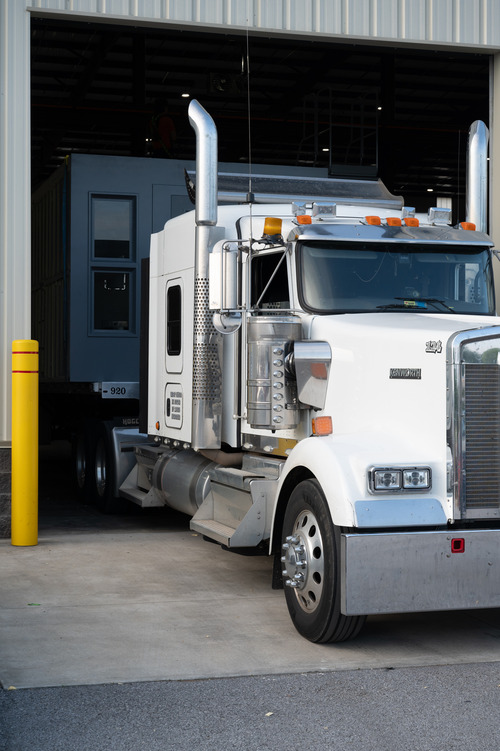Prison Cell Innovations: Modernizing Inmate Living Spaces
Prison cells are more than just confined spaces; they are central to the prison experience. These rooms shape the daily lives of inmates and can impact their mental and physical health.
The layout, size, and occupancy of prison cells all play a crucial role.
In particular, crowded prison cells can lead to the spread of infectious diseases. High occupancy levels create stressful environments that may affect inmate behavior and well-being.
Additionally, the decorations inside prison cells provide a personal touch and can reflect the personalities and coping mechanisms of those living in them.
Understanding prison cells involves looking at various aspects, such as their physical dimensions and how they are used in different countries.
Studies on prison cell usage in Italy and Norway reveal unique approaches to inmate management. These perspectives help in appreciating the complexities of life behind bars and the crucial role that these small spaces play.
History and Evolution of Prison Cells
Prison cells have undergone significant changes from their early forms of confinement to the modern designs we see today. These changes reflect evolving attitudes towards punishment and rehabilitation.
Early Forms and Functions
In the early phases of prison development, cells were basic and harsh. They were small, often dark spaces designed for solitary confinement. The focus was on isolation, with prisoners spending most of their time alone, as seen in historical prison systems.
Prison reform began in the 18th century with the idea that solitary confinement could lead to penitence and personal reform. Early prisons like those between 1786 and 1792 introduced night cellular separation combined with hard labor during the day. This mix of isolation and work aimed to correct behavior and instill discipline.
Many early cells lacked basic amenities. Prisoners had limited access to light, air, or sanitation. Isolation was intended to prevent communication among inmates, reducing the likelihood of further criminal plotting inside the prison walls.
Modern Developments
By the mid-19th and early 20th centuries, prison architecture began evolving significantly. The focus shifted from mere punishment to reform and rehabilitation. Cells started including more humane conditions, such as better lighting, ventilation, and sanitary facilities.
Modern cells often incorporate design elements meant to improve the well-being of inmates. For example, the learning prison concept introduced cells with amenities like lavatories. These cells are designed to be more comfortable and conducive to rehabilitation.
In contemporary settings, the design and function of cells reflect updated correctional philosophies. They emphasize rehabilitation, with spaces that allow for privacy yet encourage positive interactions when necessary.
Design and Structure
Prison cells are meticulously designed with specific dimensions, security features, and chosen materials to ensure safety and functionality. These elements play a crucial role in the overall environment and effectiveness of the prison system.
Standard Dimensions
Prison cells typically measure around 6 by 8 feet, providing just enough space for basic necessities. Each cell usually contains a bed, a toilet, and a sink. This small size is intended to limit movement and prevent the accumulation of contraband.
In more crowded facilities, cells might be slightly larger to accommodate double bunking. This can impact the relationship between cellmates and between inmates and staff, such as in the cases noted here.
Security Features
Security is paramount in prison cells. Doors are constructed of heavy steel with small, shatterproof windows to monitor inmates. Cells are often equipped with electronic door locks controlled remotely by prison staff.
Surveillance cameras may be installed in the cell blocks to provide constant monitoring. Additionally, the design of the cell and the overall prison layout, such as the arrangement of cell blocks and corridors, aims to minimize blind spots, reducing the chances of unsupervised activity.
Materials Used
Durable and tamper-proof materials are essential in prison construction. Concrete and steel are commonly used in walls, floors, and fixtures to prevent damage and make repairs easier. Shatterproof glass is often used in windows and observation ports to enhance safety.
Some newer designs incorporate elements intended to improve inmate well-being while maintaining security. Examples include using furniture that is built into the cell, reducing the risk of it being used as a weapon, as seen in this study.
Daily Life in a Prison Cell
Life in a prison cell is structured and highly controlled. Daily routines revolve around specific protocols for amenities, meals, and hygiene.
Inmate Amenities
Prison cells vary in size and features. Most cells include a bed, a toilet, and a small sink. Inmates may have limited personal items like books or photos. Some cells have a small window, offering natural light.
Inmates can access certain amenities like communal showers and recreation areas during designated times. Recreational activities might include watching TV, reading, or using the prison library. Access to these amenities depends on the inmate’s behavior and the facility’s resources.
Meal and Hygiene Protocols
Meals in prison follow a strict schedule. Inmates typically receive three meals a day. The food is basic but meets nutritional standards. Meals are often eaten in a communal dining hall, but sometimes in the cells.
Hygiene is a critical part of daily life. Prisoners must follow regular cleaning routines. They have access to showers, usually once a day. Personal hygiene items like soap and toothpaste are provided but limited. Cleanliness standards are enforced to maintain health within the facility.
Legal Framework and Human Rights
The legal framework governing prison cells is shaped by international standards and national policies. These frameworks aim to protect the rights of prisoners and ensure humane treatment.
International Standards
International human rights laws set guidelines for prison conditions. Organizations like the United Nations have established documents such as the International Covenant on Civil and Political Rights. These documents ensure basic rights for prisoners including adequate space, light, and access to medical care.
The European Committee for the Prevention of Torture has protocols to prevent inhumane treatment. This includes banning corporal punishment and ensuring proper inspection of facilities. The goal is to make sure prisoners are treated with human dignity.
National Policies
Different countries have their own laws to protect prisoners’ rights. These laws often follow international guidelines.
For example, the U.S. Prison Standards provide regulations for cell conditions, such as minimum cell size and access to outdoor exercise.
In some countries, new technologies like “prison cloud” systems are being introduced. These systems allow inmates access to secure intranets and educational resources right inside their cells. The idea is to improve rehabilitation chances while maintaining security.
Psychological Impact of Confinement
Confinement in prison cells can lead to significant psychological effects. It impacts mental health and can shape how prisoners develop coping mechanisms.
Effects on Mental Health
Confinement can cause various mental health issues such as anxiety, depression, and post-traumatic stress disorder (PTSD). The lack of social interaction and stimulation often leads to feelings of loneliness and helplessness.
Solitary confinement, in particular, has been associated with severe negative psychological effects. Studies show that prolonged isolation can result in hallucinations, severe mood swings, and cognitive impairments.
Prison conditions can worsen these effects. For instance, the supermax units, where inmates are under strict isolation, contribute significantly to mental health deterioration. Research highlights that inmates in solitary confinement may develop symptoms that persist even after their release from prison. This psychological impact of solitary confinement is significant and calls for attention to prison policies.
Coping Mechanisms
Prisoners often develop various coping mechanisms to handle the stress of confinement. These mechanisms can be both positive and negative.
Positive coping strategies include engaging in reading, writing, and other creative activities that provide a mental escape. Some may focus on physical exercise, which helps in reducing stress and maintaining mental health.
On the other hand, negative coping mechanisms may include violence, self-harm, and substance abuse. The lack of support systems in prisons often makes it hard for inmates to choose healthier coping methods.
Support programs, including therapy and group activities, are essential for helping inmates develop better coping skills. Effective coping mechanisms can significantly mitigate the adverse effects of confinement and improve post-prison adjustment, as noted in the psychological impact of incarceration.
Innovations and Improvements
Innovations in prison cells focus on integrating technology and reformative methods to improve prisoner welfare and security. These changes aim to enhance both the daily lives of inmates and the overall efficiency of prison management.
Technological Advancements
Prisons are increasingly adopting digital technologies to bolster security and streamline operations.
Smart prison systems use surveillance cameras, motion detectors, and automated access controls to monitor inmate activities.
Digital platforms for education and skill-building are being introduced. Tablets and computers allow inmates to access courses and vocational training, preparing them for life after release. These devices also help maintain communication with family through controlled email and video conferencing.
Furthermore, some prisons are experimenting with electronic health records (EHRs) to improve medical care for inmates. This system ensures that prisoners receive consistent and efficient healthcare, reducing the administrative burden on staff.
Reformative Approaches
Reformative approaches focus on changing the environment and activities within prisons to promote rehabilitation. One key strategy is open innovation participatory design. This involves inmates in the design and development of their cell environments.
Prison industries are being reimagined to encourage skill development and safety. Programs involve inmates in co-designing and producing furniture for their cells. This fosters a sense of responsibility and creativity.
Other reformative efforts include psychological support and therapeutic programs. Regular therapy sessions and mental health support help inmates address underlying issues, contributing to their eventual reintegration into society. These approaches collectively aim to make prison a place of growth rather than mere punishment.
Controversies and Criticisms
Prison cells face many issues, most notably overcrowding and the use of solitary confinement. These problems impact the well-being and rehabilitation of inmates.
Overcrowding Issues
Overcrowding in prisons is a persistent issue. Many prisons operate beyond their capacity, putting a strain on resources and staff.
In overcrowded facilities, inmates often share cells meant for fewer people. This reduces privacy and can increase tension among inmates. Additionally, overcrowding can lead to inadequate access to medical care, education, and rehabilitation programs.
Overcrowded conditions can also pose a security risk, making it hard for guards to maintain control. The quality of life in these prisons is often poor, leading to mental and physical health problems among inmates. Efforts to address overcrowding include building new facilities and implementing alternative sentencing.
Solitary Confinement
Solitary confinement is another controversial practice. Inmates placed in solitary confinement are isolated for 23 hours a day, often in small, windowless cells.
This practice is used to manage violent or disruptive prisoners, but it has severe psychological effects. Prolonged isolation can lead to depression, anxiety, and other mental health issues. Critics argue that solitary confinement is inhumane and can exacerbate existing mental illnesses.
Some believe that solitary confinement does not improve behavior and may even increase aggression. Alternatives to solitary confinement include increased mental health support and more effective conflict resolution strategies. Discussions about the ethics and effectiveness of this practice continue, with some calling for its complete abolition.
Prison Cells in Popular Culture
Prison cells have been a frequent feature in movies, TV shows, books, and songs. They often symbolize confinement, punishment, and a chance for character development.
Movies and TV Shows
Many popular films, like “The Shawshank Redemption,” showcase prison cells as a place of struggle and hope. TV shows such as “Orange Is the New Black” highlight the daily life inside cells, showing both the harsh realities and moments of camaraderie.
Literature
Books often depict prison cells in a way that emphasizes the psychological impact on inmates. In Dickens’ “Great Expectations,” a character’s cell represents his isolation from society. Modern novels also focus on the dynamics of cell sharing and the effects of overcrowding.
Music
Songs like Johnny Cash’s “Folsom Prison Blues” bring attention to the experiences of those behind bars. Lyrics often reflect feelings of regret, longing, and the harshness of prison life.
In all these forms of media, prison cells are portrayed with a mix of fear, resilience, and transformation. These portrayals help the public understand different aspects of the prison experience.
How We Can Use Science to Improve Prison Cell Design
Using science can greatly improve prison cell design. By applying ergonomics, cells can be made more comfortable and efficient.
Proper furniture placement, like beds and desks, can optimize space and reduce stress.
Lighting plays a crucial role. Natural light can help regulate prisoners’ sleep patterns and improve mood. Meanwhile, artificial lighting should mimic natural light to minimize health issues linked with poor lighting.
Air quality is another key aspect. Good ventilation systems reduce the spread of illnesses and improve overall well-being.
This is particularly important in shared cells to maintain a healthy environment.
Noise control is essential for mental health. High noise levels can cause stress and sleep disturbances. Using materials that absorb sound can make cells quieter and more conducive to rest.
Creating privacy within cells without sacrificing security can help prisoners feel more at ease.
Simple partitions or curtains can provide a sense of personal space and dignity.
Implementing these science-based solutions can lead to safer and more humane prison environments. For example, a prison in Norway, Halden Prison, uses design to reflect rehabilitation goals, showing the positive impact of thoughtful cell design.



